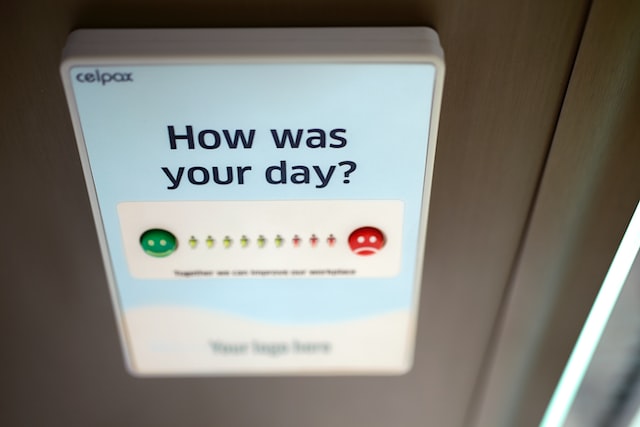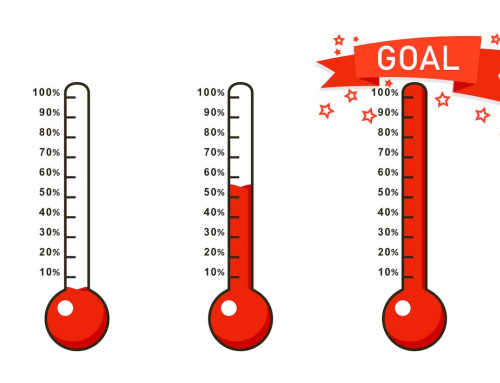Creating an effective alumni mentorship program is one of the best ways to attract, engage and add value to your alumni.
90% of workers who have a mentor are happier in their jobs. And new entrepreneurs have reported gaining incredibly
useful insights and guidance from their mentors.
Executing a prosperous mentorship program is no small task. And so, your implementation should be done in a strategic manner in order to obtain the most value.
In this article, we will discuss the eight essential elements to include in a mentorship program.
[activecampaign form=5]
Top 8 Essentials For Your Alumni Mentorship Program
1. A User-Friendly Online Platform
The first step to creating a successful mentorship program is being able to easily connect mentors and mentees. The best way to do this is to use the right online platform.
Using a platform that provides a seamless user experience will make all the difference to the success of your mentorship program. If mentors have to connect through mediums like email or social media, it can get tricky to develop the right mentor/mentee relationships. This can also make communication less effective.
Ideally, your alumni mentorship program should be based on a built-for-purpose alumni membership platform. If the platform has a membership directory that’s easy to navigate, connecting mentor participants is a lot more efficient.
If mentors and mentees have a positive experience on your chosen online platform, they will likely invest more time and energy into developing their mentor relationships.

2. Defined Areas Of Specialization
Your alumni are likely to cover a wide scope of interests, experiences, and specializations. When mentees and mentors are looking to connect, they will want to connect with someone that shares the same goals and interests.
This allows mentors to provide more meaningful insights, and mentees to gain more relevant knowledge.
This is why it’s important to use an alumni platform that allows you to create sub-communities based on interests and experiences. This way, mentors and mentees can effortlessly find the right match.
Without this feature, your participants may lose interest and become disengaged with your alumni community.
To combat this, when joining, members should establish their goals as to what they want to achieve from the program and specify their interests. Then, mentors and mentees can connect based on these goals and areas of specialization.

3. Easy Communication Abilities
We’ve already outlined how important it is to use a platform that makes your alumni mentorship program easier to facilitate. One important element of this is offering convenient communication abilities.
There are many different ways that you can facilitate mentorship relationships. This includes traditional in-person mentorship meetings, online video meetings, or online messaging.
An alumni membership platform that facilitates easy communication will make a big difference to your mentorship programs.
If mentors and mentees can quickly connect with each other online, the mentorship program becomes a lot more accessible. This widens the scope of people who could participate in the program. It also lets you connect alumni across borders for mentorship opportunities.

4. A Clearly Defined Mentorship Structure
The detailing and design of your mentorship program should be well-thought-out in order to be set up for success.
This should cover a well-planned structure of the mentorship program, detailing how participants will connect with each other and what kind of goals the program will help them achieve.
Here are some important questions to consider when planning your mentorship program structure:
- What will your enrollment procedure look like? Will it be open to any alumni members, or will it be on an invite basis only?
- How will connections and interactions work? The program could facilitate group mentoring sessions, one-on-one mentoring meetings, and so on.
- What kind of mentoring style will the program cover? Flash mentoring, traditional mentoring, and reverse mentoring are all options.
- How long will mentoring program will run? Some alumni mentorship programs last weeks or months while others are limited to a single meeting.
Planning out the structure of the mentorship program will make it a lot easier for members to get involved. All participants will understand exactly what the program will entail, this will ultimately help them to achieve their personal goals in the program.
There are many different types of approaches you can take to mentoring, so it’s important that your mentorship structure is established from the start.

5. Help Promote And Connect Participants
Any successful mentorship program requires a nudge from the management. This includes promoting the program, recruiting mentors, and providing training to mentors based on the program’s structure.
You need to convince your alumni community that joining the mentorship program is worthwhile for them. To do this, it’s important that you outline the value that the program can offer. This includes significance for mentors and mentees.
And even if you have a large pool of successful and experienced mentors, they might not know how to approach a mentor role. This is why you need to help provide mentorship training and best practices.

6. Know How To Match Mentors And Mentees
A successful alumni mentorship program comes down to a good match between mentors and mentees. It’s important that you carefully control this process in order to ensure that it is a successful exercise for everyone involved.
First, you need to decide whether the program will take a self-matching approach with the software used, or whether your organization will match mentors and mentees manually.
Then, whichever approach you choose, it’s important that you make it easy for mentors and mentees to connect based on the right information.
Using an alumni platform that reveals detailed profiles of users is helpful, as this can reveal the exact experiences and competencies of each participant. The more you know about participants, the more accurately you can create matches based on their goals, interests, and skills.

7. Guide The Relationships
Once the mentorship relationships have been established, you need to provide ongoing guidance and support to ensure that the programs get off to a good start and don’t fizzle out.
One great way to achieve this is to provide checkpoints, where mentorship relationships can report on their progress.
Creating a framework for mentorships to establish feedback will help extract more from the relationships.
A well-managed process also adds accountability to mentors and mentees, which helps both parties to get more out of the program.

8. Know How To Assess The Impact Of Your Mentorship Program
Why did you want to implement an alumni mentorship program in the first place? It might have been to attract more alumni members, increase alumni engagement, or make your alumni feel more fulfilled.
Whatever the case, you should know how to measure the success of your goals once the program has been implemented and run for an adequate amount of time.
This process involves capturing the right metrics throughout the mentorship program and gathering feedback from mentorship participation. This will provide important insights into what worked, what didn’t, and whether the alumni mentorship program was a success. And, how to improve for future reference.

Conclusion
If your alumni mentorship program isn’t helping you achieve your goals, it may be time to consider the eight essential elements mentioned above.
Using the strategies of what not to miss, you will be able to create a mentorship program that adds maximum value to all the alumni members involved. This will ultimately help with the success of your alumni community.



